In the past, if you wanted to buy a piece of digital artwork, you had no way to prove that you owned it. Anyone could download the artwork and claim to own it. But now, thanks to the power of blockchain technology, you can buy digital artwork and be issued a unique digital token that proves you are the rightful owner.
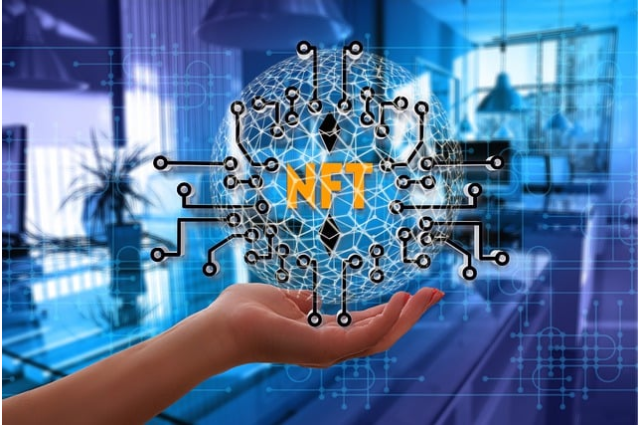
NFTs represent ownership of real-world objects like artwork, music, in-game items, tweets, and videos. It is most often held on the Ethereum blockchain, but it can also be found on other blockchains. It is programmed using the same technology as cryptocurrencies.
A Few Basic Definitions Related to NFTS :
1.Blockchain
A distributed ledger that records transactions. NFTs are stored on blockchains.
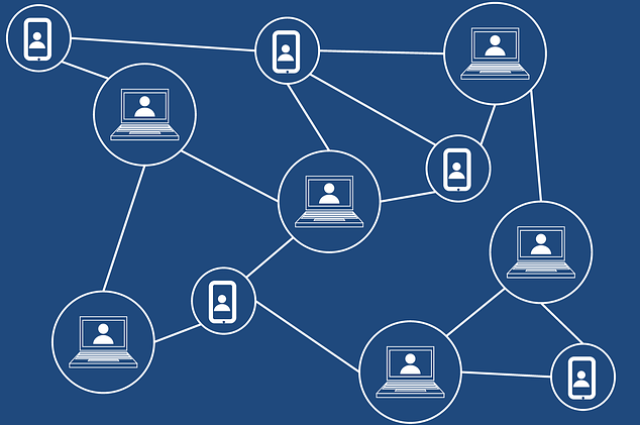
2.Cryptocurrency
A cryptocurrency is a form of digital or virtual money that regulates the production of new units and uses cryptography to secure its transactions.NFTs can be bought and sold using cryptocurrency.
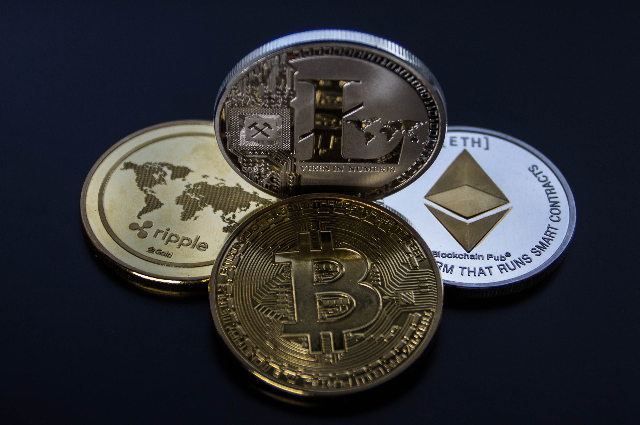
3.Digital Asset
Any digital item that can be uniquely identified and that an organization can use to generate value.
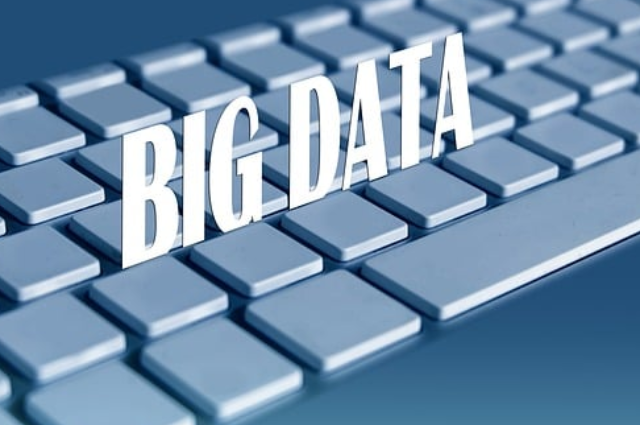
4.Virtual Digital Assets (VDAs)
These are a subset of digital assets that are transacted on a blockchain. This includes non-fungible tokens (NFTs), cryptocurrencies, and other virtual assets as per the Finance Bill 2022, which defines VDAs in the newly introduced Clause (47A) under Section 2 of the IT Act.
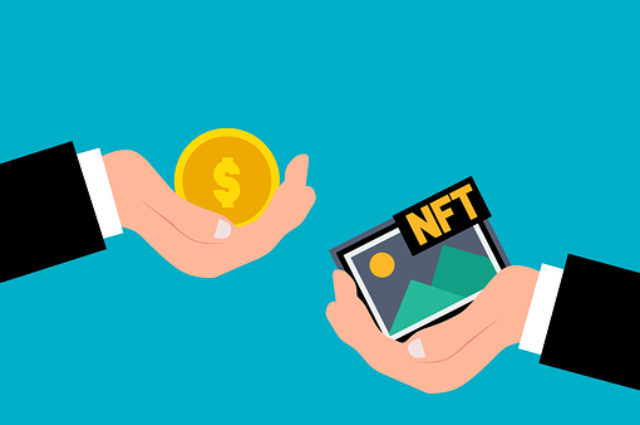
What Are the Benefits of NFTS?
1.Unique Ownership
Individuals or organizations can own it.
2. Transferable
It can be easily transferred among people around the globe.
3. Security
Non-fungible tokens (NFTs) are stored on a digital ledger called a blockchain. This ledger certifies that each NFT is unique and therefore cannot be exchanged for another NFT of equal value.
4. Demand
NFTs are scarce, and thus the demand for them will increase as people will be willing to pay when things are rare.
5. Transparency
One can track the owners of the NFTs to check their authenticity. This can help to reduce fraud and ensure that the rightful owner of an asset is always known.
Application of NFTs
NFTs can be used in a variety of industries, including gaming, art, sports, and music.
1. Artwork
NFTs can be used to create digital artwork that can be sold and traded. This allows artists to monetize their work and provides collectors with a unique and verifiable record of ownership.
2. Gaming Industry
NFTs can be used to create virtual assets, such as land and in-game items. This can allow players to own and trade these assets, which can add a new level of depth and immersion to games.
3. Music Industry
NFTs can be used to create unique digital collectibles, such as songs, albums, and concert tickets. This can allow fans to own a piece of their favorite artists' work and can also provide them with exclusive access to content and experiences.
4. Sports Industry
NFTs can be used to create fan experiences such as tickets to games, meet-and-greets with athletes, and exclusive merchandise. This can help increase fan engagement and loyalty.
Taxation of VDAs
(Source : https://wirc-icai.org/wirc-reference-manual/part7/Taxation-Virtual-Digital-Assets.html)
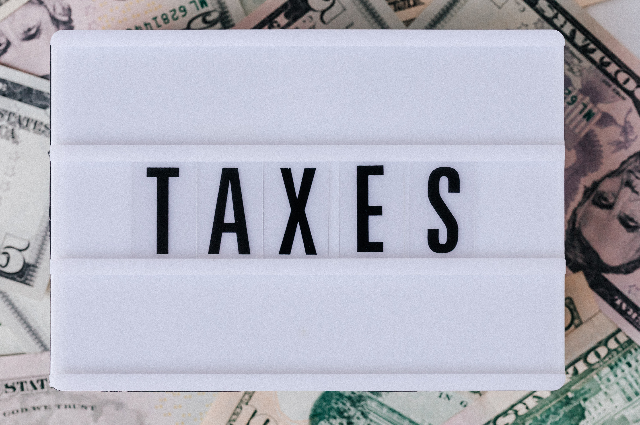
1.Flat rate of 30%
2.TDS @ 1%. However, TDS is not required in case where aggregate consideration in a financial year is below:
- INR 50,000, if payment is made by specified individual/Hindu Undivided Family
- INR 10,000 in all other case.
3.The Goods and Services Tax (GST) is also applicable to the sale of non-fungible tokens (NFTs) by celebrities, athletes, and artists who conduct business in India and accept payment in Indian currency. However, it has been observed that many NFT platforms are registered in foreign jurisdictions. In these cases, the NFTs are offered for sale or put up for auction on a platform operated by a service provider situated outside of India. The point of sale for such transactions is also outside of India. The sale consideration is paid in cryptocurrency rather than fiat currency to a wallet located outside of India.
Due to the nature of these transactions, many exchanges and/or NFT creators consider them to be "export of services," and therefore there is no GST liability in India.
How Are NFTs Different From Cryptocurrency?
1.Cryptocurrencies are fungible, whereas NFTs are non-fungible.
2.For example, one bitcoin can be exchanged with another bitcoin, but CryptoKitties are a type of NFT that represents digital cats. Each CryptoKitty is unique and has its own set of attributes, such as fur color, eye color, and breed.
How Are NFTs Different From Copyright?
NFTs:
1. Unique ownership of digital assets stored on blockchain.
2.The buyer is the owner.
3.Can be traded but not replaced.
Copyright:
1. A legal right that gives protection to the original work.
2.The creator of the original work is the owner.
3.The creator's consent is required to reproduce, distribute, or transfer legal rights to third parties.
Are NFTs the Future?
Whether NFTs are the future is a matter of debate. It has positive and negative features as well.
While some people think NFTs have the potential to completely change how we own and use digital assets, others think they are just a passing trend that won't last.

NFTs have a variety of potential advantages. For instance, NFTs can offer a safe and open method of tracing the ownership of digital assets. They can also be used to provide collectors with unique and valuable experiences. NFTs can also be used to make money for creators and artists.
However, there are a few other possible risks connected to NFTs as well. For instance, because NFTs are a new and developing technology, there is a chance of fraud and scammers. NFTs may also be expensive, and their value may fluctuate.
Conclusion
Overall, it is still too early to say whether NFTs will become more prevalent because they are not yet regulated under any laws or regulations. They are a promising new technology, though, and they have the power to completely alter how we own and use digital assets.
